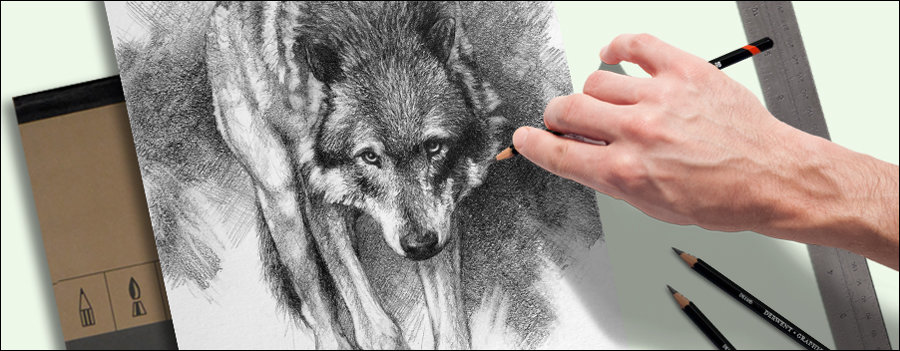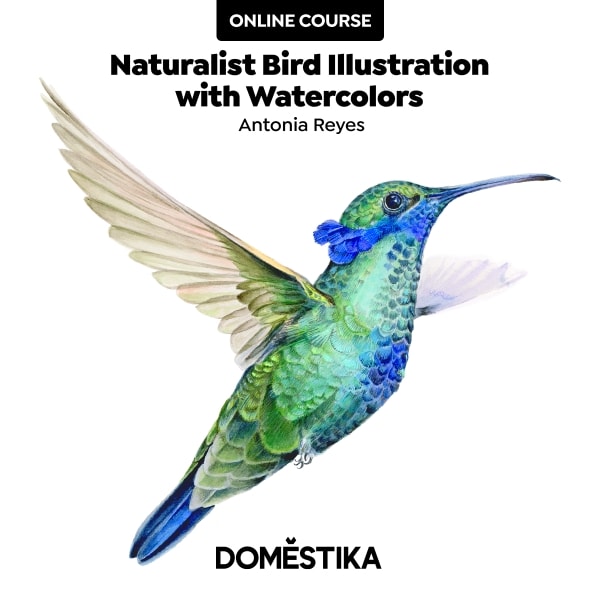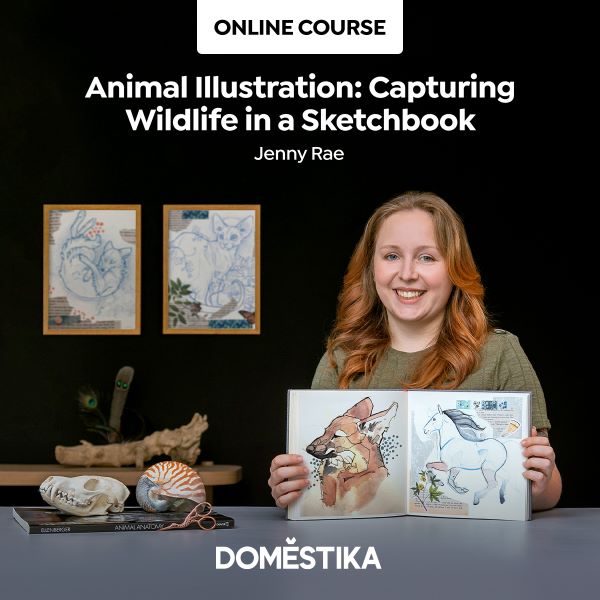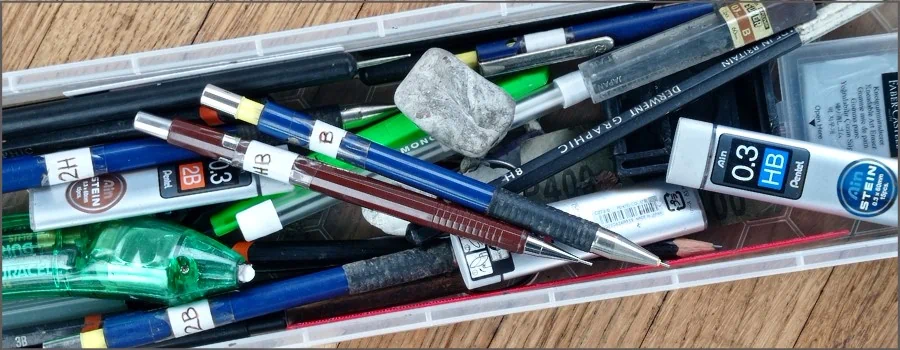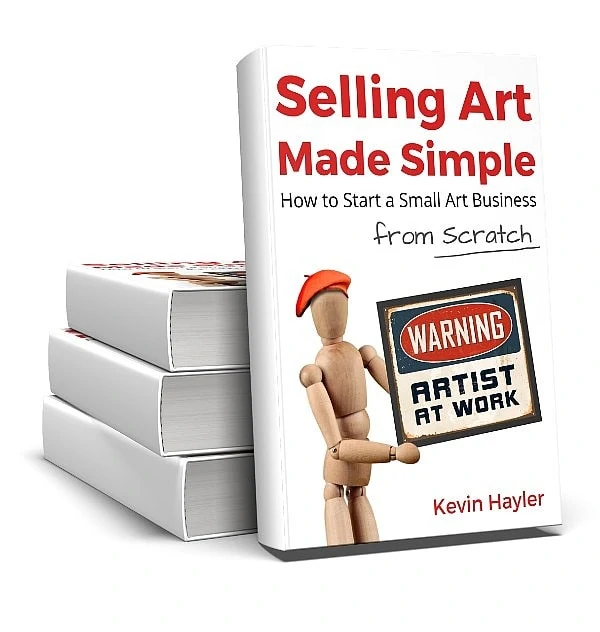Kevin Hayler: Professional Wildlife artist, author, and traveler.
Drawing wildlife is an enjoyable niche and one that I’ve managed to turn into both a job and a lifestyle. When I tell people that I’m a wildlife artist and I travel the world looking for wildlife subjects, they almost swoon with envy.
The public will buy and collect anything to do with their favorite animals. Drawing wildlife meets that need. Being a wildlife artist involves travel, finding and photographing wildlife, drawing, printing, and selling.
Turning a talent for drawing into a profitable lifestyle sounds like a romantic dream but that’s what I did. Now, looking back, I can see everything with a clear eye.
This article will prove to you that anyone with a flair for art and a love for nature can do the same thing. You never know, it might even make you happy.
Disclaimer: When you buy something via my affiliate links I earn from qualifying purchases and sometimes earn a commission, at no extra cost to you. I am an Amazon Associate among others. I only recommend trusted sites.
Why Choose to Draw Wildlife?
Wildlife artists tend to have a passion for the natural world first and they express it through their art. We are wildlife enthusiasts who happen to be good at art. It’s a wonderful marriage.
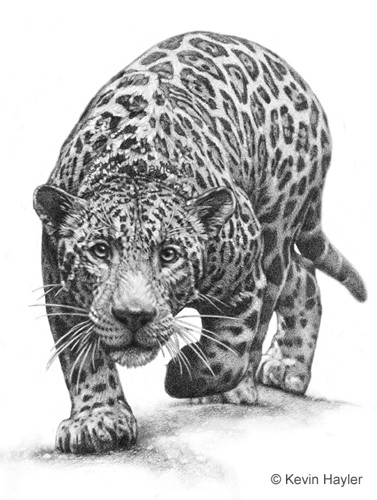
When people ask why I draw animals I tell them that it’s my way of working with wildlife. I was never brainy enough to go to university, back in the 80s you had to be clever!
I ended up drawing wildlife for very pragmatic reasons:
- I had to pick a subject that would hold my interest in the long term,
- I am colorblind and painting was proving tricky
- The costs for black and white (offset-litho) printing were much more affordable
- Everyone has a favorite animal
- Drawing is a portable profession
All good reasons.
I didn’t know that wildlife art is a niche genre and black and white was, and probably still is, considered to be commercial suicide. That turned out not to be true but sometimes, ignorance can be a blessing.
If you need help selling read this: How to Sell Your Drawings: 10 Steps to Success
Strange as it may seem, for years I thought of myself as a painter who draws. I thought I’d get back to painting when the moment was right.
This post will interest you: How to Get Back into Drawing Again After a Long Break
My concept of an artist was a person who painted, and it didn’t really occur to me that being colorblind was a significant barrier. It saw it as more of an inconvenience.
Take a look at this fabulous hummingbird illustration. It’s by Antonia Reyes on Domestika. It’s in Spanish with subtitles but don’t be put off. Take a look first. The courses are very reasonable.
Check out my Nature-Based Art Courses Page
Drawing is the ultimate portable profession. All you need are a few pencils and a drawing pad and you can make money anywhere. I’d proven that already by backpacking with my sketch pad through Australia and New Zealand.
This is how you can do it: How Can People Afford to Travel? And this one too, Where to See Tigers in the Wild: 9 Best Places in 2023
I also realized that animals are a portable subject. They don’t tie you to a place. I could print wildlife drawings and sell them anywhere, in the Western world at least.
And it takes no time at all to set up and put things away. You can stop and start at will. You can set up outside and dodge the weather, draw in your work break, or sit in front of the telly. You can draw anywhere and anytime.
I assumed, wrongly as it turns out, that everyone loves wildlife. They don’t. What they do love is iconic animals and that I got right.
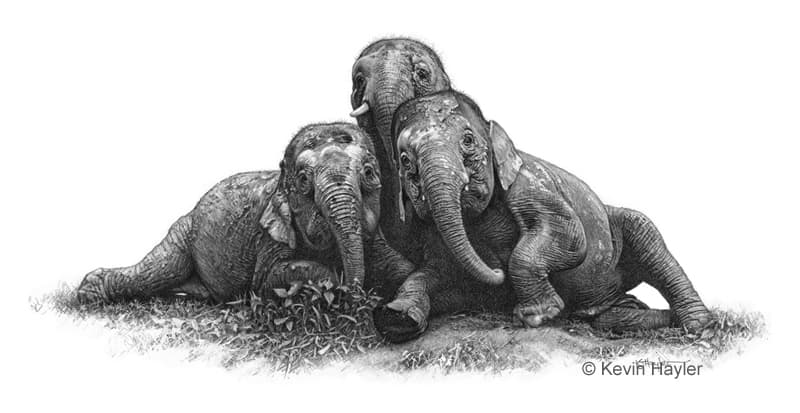
People have their favorite animals and what’s more, they and their friends will buy anything with that animal printed on it. Collectors buy glamorous animals and their friends and family buy gifts to add to their collection. That’s a big win.
This is first-rate advice if you want to sell your art:
- 12 Wildlife Art Bestsellers (Use These Subjects to Make Money)
- 7 Bird Art Bestsellers: Best Wall Art Selling Guide
- 9 Farm Animal Art Bestsellers: Home Decor That Sells!
- How Do Artists Find a Target Audience? The Best Tips!
And let’s not ignore the costs of starting a business. It takes time to draw and that will always limit your earnings potential. Printing is the way to scale and I started before digital printing was a viable option. Black and white art was cheaper to print and I could just about afford it.
How to Start Drawing Wildlife
In the beginning, I had very few reference images, only a point-and-shoot film camera, and no money, but I did have time.
I was working in a youth hostel (backpackers) and that allowed me to draw between shifts. I built up a portfolio of work, piecemeal, as and when I could.
I had a few photos from backpacking trips, mostly out of focus, and some photos from zoos. They were appalling but it was something.
I had so few images I’d sit and stare at them trying to imagine how they could be used to some effect. What if I added this or subtracted that, or used this head, on that body, and so it went on.
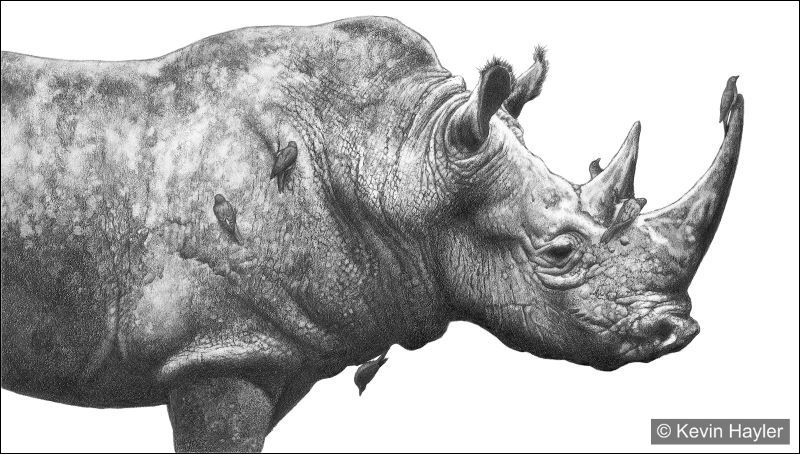
With so few photos of my own, I scoured the local library for images that I could ‘borrow’ and manipulate to create some new compositions and pad my collection out. I wouldn’t do it now and I regret it, but I was keen to get my first 12 drawings done.
Do you use photos? Read this: Is Drawing From Reference Photos Bad?
I had no real idea what would sell, beyond intuition.
I sat down in the hostel common room and drew. Some were better than others and my style was undeveloped, but I managed to piece together 12 printable drawings over time.
Looking back, I’m amazed that I created as much as I did. I didn’t have the internet or Photoshop to help. Instead, I would make photocopies and literally cut and paste images onto one another.
This is how I do it: How to Plan and Compose Your Art
I had piles of photocopies, each in several sizes, and I’d sit there re-arranging cut-outs. Insane.
The alternative is using an online editor such as Pixlr.com. It’s free-ish to use with adverts or you can upgrade for extra bells and whistles and no annoying ads, it’s very cheap.
If you need some inspiration have a look at these: The Wildlife Drawings of Kevin Hayler
How to Make Money Drawing Wildlife
It was all very well having a selection of drawings but the only way to make some cash was to print them.
I had been left some money in a will and it was running very low. I could just about afford to get them printed with the remainder.
I did everything wrong,
- I enlarged the smaller drawings to make larger prints,
- I had no dry storage space,
- I didn’t know what paper to choose,
- I didn’t oversee the quality of all the delivered prints
- I didn’t have anywhere to sell them
If you don’t know where to start read this: How to Make Prints of Your Art – Printing Art Explained in Detail
I procrastinated for a long time with my prints stacked up in my campervan. Eventually, I plucked up the courage to ask the organizer of a local weekend craft fair if I could have a pitch. To my amazement, they said yes and I could come along without a booking.
I made a crude display out of three 6’ x 2’ MDF panels, painted them blue, laminated 12 prints, and stuck 4 to each panel with Blu-Tack.
I had no bags and no tubes. All I could do was roll them up with an elastic band. What a joke.
I deserved to fail.
In fact, I made more money on that first Saturday than I’d ever earned in a week. Figure that out.
I had stumbled upon a brilliant little earner.
I’ve refined my business over the years, of course, but the basic model remains the same. I work the market in summer and travel in winter on the proceeds.
I’ve gained experience, I know what prints sell, within reason, and more importantly, I know how to sell them. That’s the key.
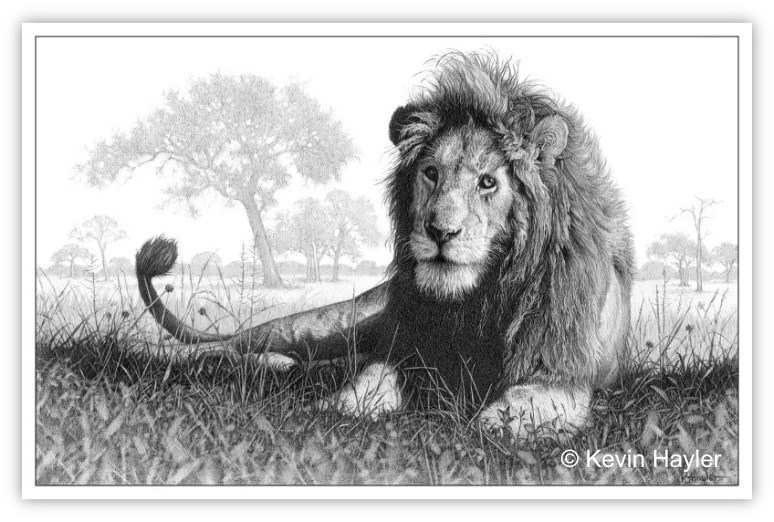
I have a better camera these days and go looking for wildlife when I’m away. I always did, but now I have a clear purpose and that helps me to stay focused.
I have the older Lumix bridge camera, the DMC-FZ330 (my review) that’s still good, but the new one is much better. Check out the Panasonic Lumix FZ80 (FZ82 in UK) (affiliates)
How to Travel and Draw Wildlife
I first drew wildlife in Kenya. That was back in the 80s and while I still thought of myself as a painter.
I drew in Daler soft pastels and took 200 chalks with me in a wooden box, along with a roll of Canson Ingres pastel paper. Madness.
These are my travel tips: How Do You Travel With Art Supplies?
I found a campsite on Diani Beach owned by an old colonial called Dan Trench and used it as my base to paint pictures for the tourists.
There was a tiny 4 man dorm on the grounds and I used the one concrete shelf to sit down and paint local postcards. They were all wildlife.
My trick was to finish them off in the local hotel. I sat in the gardens, bought a coffee, and painted the last corner.
You don’t have to struggle as I did. You can make simpler illustrations. Check out this class on Domestika
I knew that curiosity would overcome the guests eventually. The staff weren’t shy and they always broke the ice and that gave permission for everyone to join in.
I stayed for 7 weeks and it paid for my trip around East Africa.
I continued to travel and draw but not with pastels. The next time I took just a sketch pad, pens, and pencils.
That carried on until I started to earn good money on the art market. I invested in a better camera, and drew less when I was away, and more when I returned.
In time, photography took over completely. I now make photographic trips with the aim of finding animal subjects to draw when I get home. Life is easier that way even if my kit is heavier than ever before.
How to Start Drawing Wildlife: Final Thoughts
As in most things in life, there was no grand plan. I bumbled along and serendipity played its part.
I did chase dreams and even now I continue to do so, but you know what? It’s the dream that’s fun. Once you arrive, the dream moves on. It’s like trying to catch the end of a rainbow.
I could always draw. It has been my identity from a very early age. I also grew up fantasizing about visiting far-off lands and finding exotic animals.
I was lucky that I could eventually combine the two and get to see a few corners of the world before mass tourism took over.
I still draw wildlife but now I am much more aware of just how precious this world is, and how fragile.
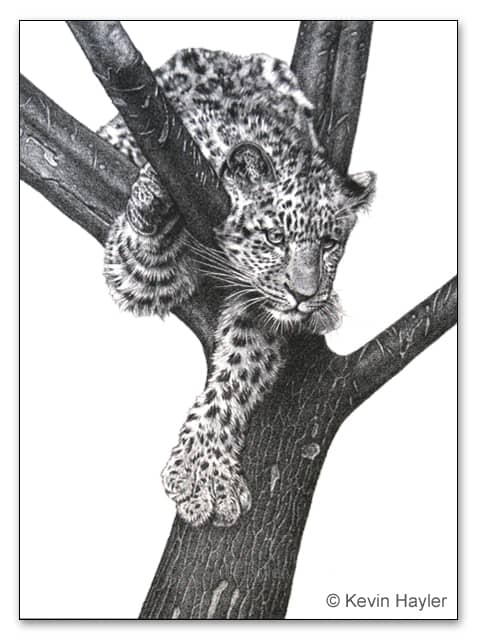
If you like the way I draw and want to try things for yourself, this is my basic kit
Live your dreams. It’s easier than you think!
Check these posts out and learn more:
- How to Draw a Realistic Giraffe: Step by Step and Get Great Results
- How to Find Your Art Style: It’s Easier Than You Think
- 22 Myths About Artists: Misconceptions Debunked
- How to Find Inspiration to Draw and Beat Art Block
- How to Scale Up a Drawing in 4 Easy Ways and Save Time
- What’s the Right Paper for Pencil Drawing? (How to Choose Wisely)
- Naming Your Art Business: Don’t Do What I Did
- How to Repair Drawing Paper – 8 Ways to Rescue Your Artwork
- How to Draw Realistically: 11 Expert Tips For Top Results
Find an ONLINE COURSE that suits you.
PIN IT AND SAVE IT
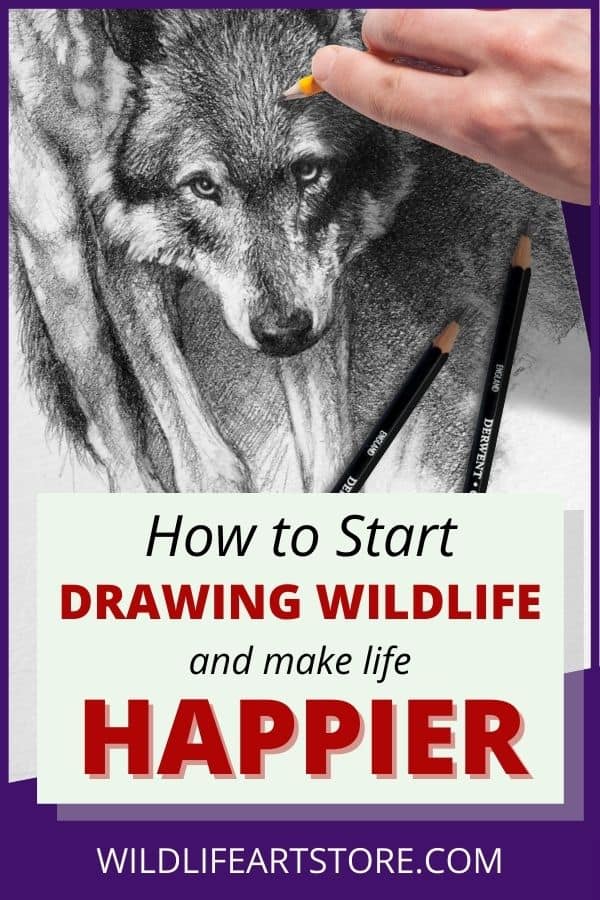

Hi, I’m Kevin Hayler
I’ve been selling my wildlife art and traveling the world for over 20 years, and if that sounds too good to be true, I’ve done it all without social media, art school, or galleries!
I can show you how to do it. You’ll find a wealth of info on my site, about selling art, drawing tips, lifestyle, reviews, travel, my portfolio, and more. Enjoy

